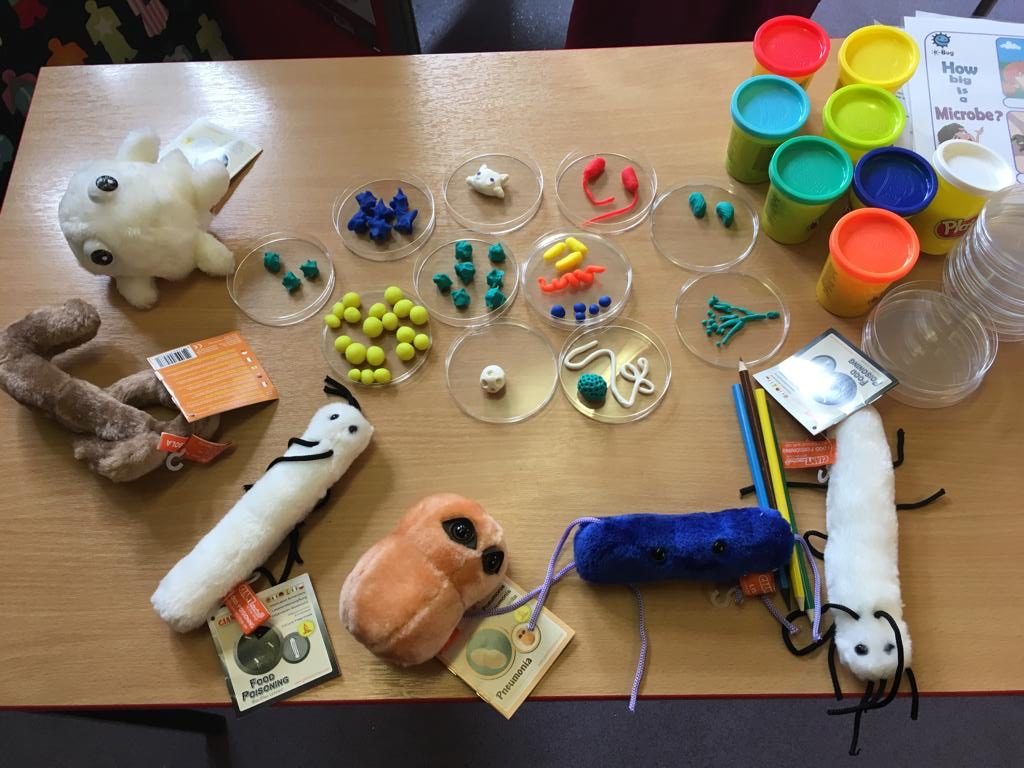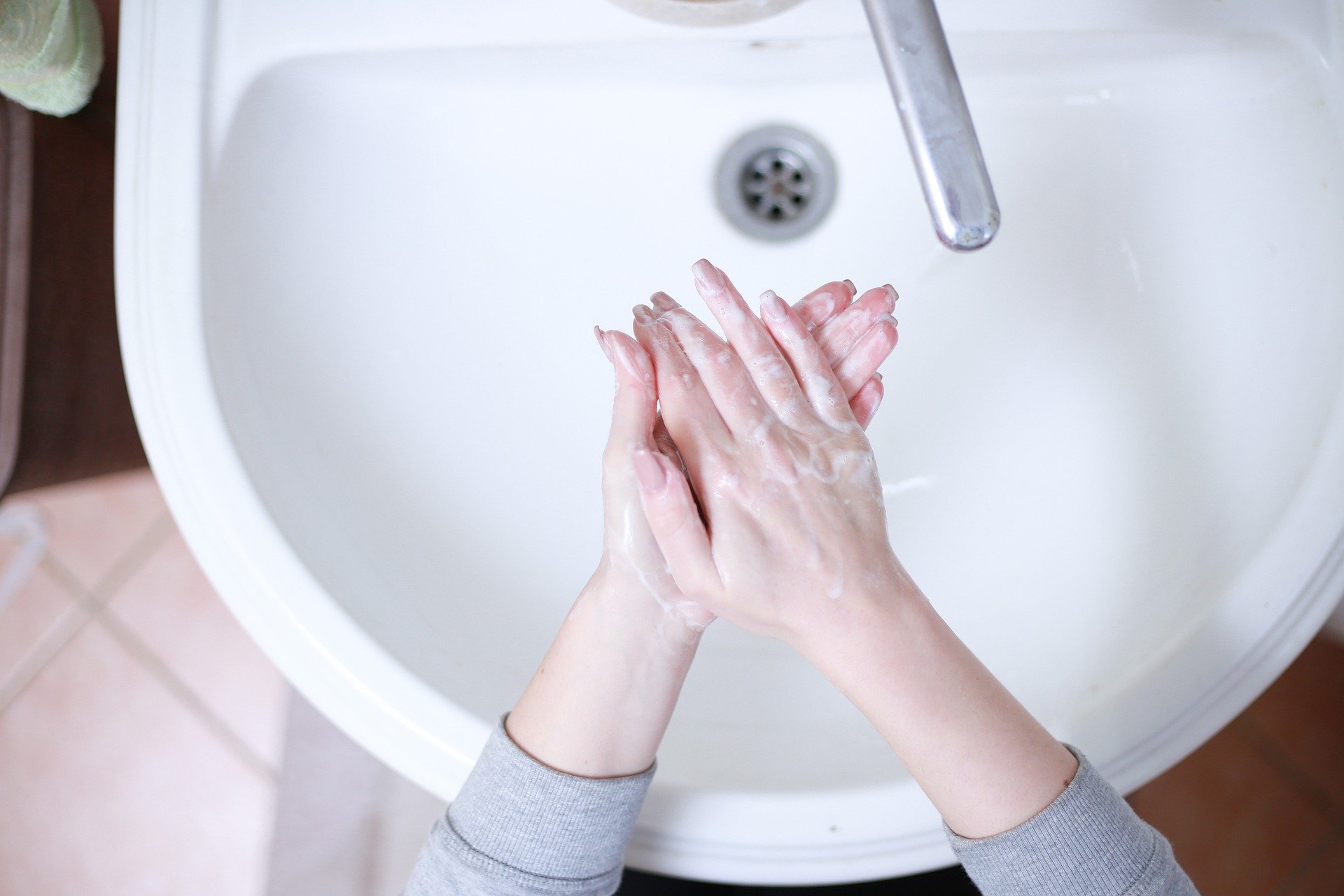Teaching about Viruses and Hand Hygiene from Home
With the outbreak of COVID-19, a lot more attention has been drawn to the importance of basic hygiene practices. But how can teachers and parents best inform their pupils and children about them? ERA have talking to both our Education Officer, Anna Costello, and Rowshonara Syeda, Researcher at Public Health England’s e-Bug programme, to find out just that.

“Learning about viruses helps children to understand how to best protect themselves"
“A lot of people probably wouldn’t have known that you should be washing your hands for 20 seconds,” Rowshonara tells ERA. “So if we can teach about these good handwashing practices from a young age, it means that children can develop these good habits in primary school, carry it on into secondary school, and as adults.”
Good hygiene is certainly something that has come into the spotlight over the past few months due to the COVID-19 crisis, which is exactly why such an education is more important than ever. Anna concurs, explaining that “learning about viruses helps children to understand how to best protect themselves, and it also helps pupils understand why lockdown measures are being imposed. Being told ‘you can’t go outside’ or ‘you can’t see your friends’ can feel punitive and unfair, and the media can make children (and adults) feel scared. However, understanding the way viruses work means pupils realise that that these measures are there for their safety, and they can appreciate the science and facts, rather than things they might have heard in passing.”
But what exactly is COVID-19? Rowshonara is in the know. “COVID-19 is the name of the disease caused by a newly discovered coronavirus which has now spread globally into a world-wide pandemic. As a group, coronaviruses are common across the world, but as this is a new strain, scientists are still trying to understand it, which can mean there are lots of unanswered questions. Most people infected with the COVID-19 virus will experience mild to moderate respiratory illness, such as a cough and fever, and will recover without requiring special treatment. But older people, and those with underlying medical problems, are more likely to develop serious illness. As this is a new type of virus, scientists and researchers are currently working on developing vaccines and treatments to help combat it.”

“If children have ownership of the resources and what they create, they’re going to want to put that education into practice in real life and share it with others"
So, it’s clear that this sort of education is more important now than ever, if we’re going to protect ourselves and others. But topics such as bacteria and viruses can be difficult to teach about as they’re invisible to the naked eye, so can be hard for people to understand and relate to. This can be especially difficult for parents who have suddenly found themselves teaching their children from home. So, how can parents encourage their children to learn about viruses? “The main thing is to make is as exciting as possible,” says Rowshonara. “Videos work very well, and a mix of multimedia can capture children’s attention.” Another idea that Rowshonara mentions is encouraging them to make a poster or magnet about the topic, such as a handwashing poster for the bathroom. “If children have ownership of the resources and what they create, they’re going to want to put that education into practice in real life and share it with others.”
Rowshonara also suggests that teachers make the most of online platforms to help ease the stress. “The more interactive the resources are the more engaging they are.” e-Bug themselves have a number of detailed lesson plans and resources based around visual and interactive media that teachers and parents alike can make the most of. These resources include their work with Fun Kids Live, about which you can take a look at our article here.
The e-Bug website itself is also packed with great resources that can make the teaching and learning of viruses and microbes more exciting. Unsurprisingly, the website has seen a massive uptake in views since we became aware of COVID-19. “Yes, the e-Bug resources have been used a lot more over the past couple of months,” says Rowshonara. The website has reached over 1.5 views in the past two and a half months alone. So, will people continue to further their education on viruses and hygiene? Rowshonara certainly hopes so. “Overall, we think that teaching about microbes and hygiene is key to preventing infection in the first place and we’re keen to work with schools and local authorities after this pandemic to continue to promote infection prevention and control education.”
We’ve included some useful links below, both to e-Bug resources and a number of useful ERA-recommended clips that Anna has produced some great activities for!
Recommended Resources
e-Bug resources:
- Antibiotic Guardian Youth Badge Pack
- Hand hygiene poster
- Hand Hygiene: Soap, Water, and Pepper experiment
- Respiratory Hygiene: PDF activity summary
- Beat The Bugs Community Pack
ERA recommended programmes:
- CBBC Newsround advice on coronavirus
– Activity: Using Laverne’s top tips, create a presentation to give your family the advice that you have learned. If you have a sibling at home with you, why not get them to help you make your presentation? - Healthy Habit – Wash Your Hands
– Activity: Practice washing your own hands, singing Big O’s song to make sure you wash them for a full 20 seconds. - CBBC Newsround: Coronavirus: How did it start, what are the symptoms and other FAQs
- Operation Ouch!: Dr Xand gets infected
– Activity: Using what you learn from these two links, create a quiz for your family or friends.
More useful links:
COVID-19: guidance for educational settings (Gov. website)
Overview: Coronavirus (COVID-19) (NHS website)
Coronavirus (COVID-19): latest information and advice (Gov website)
